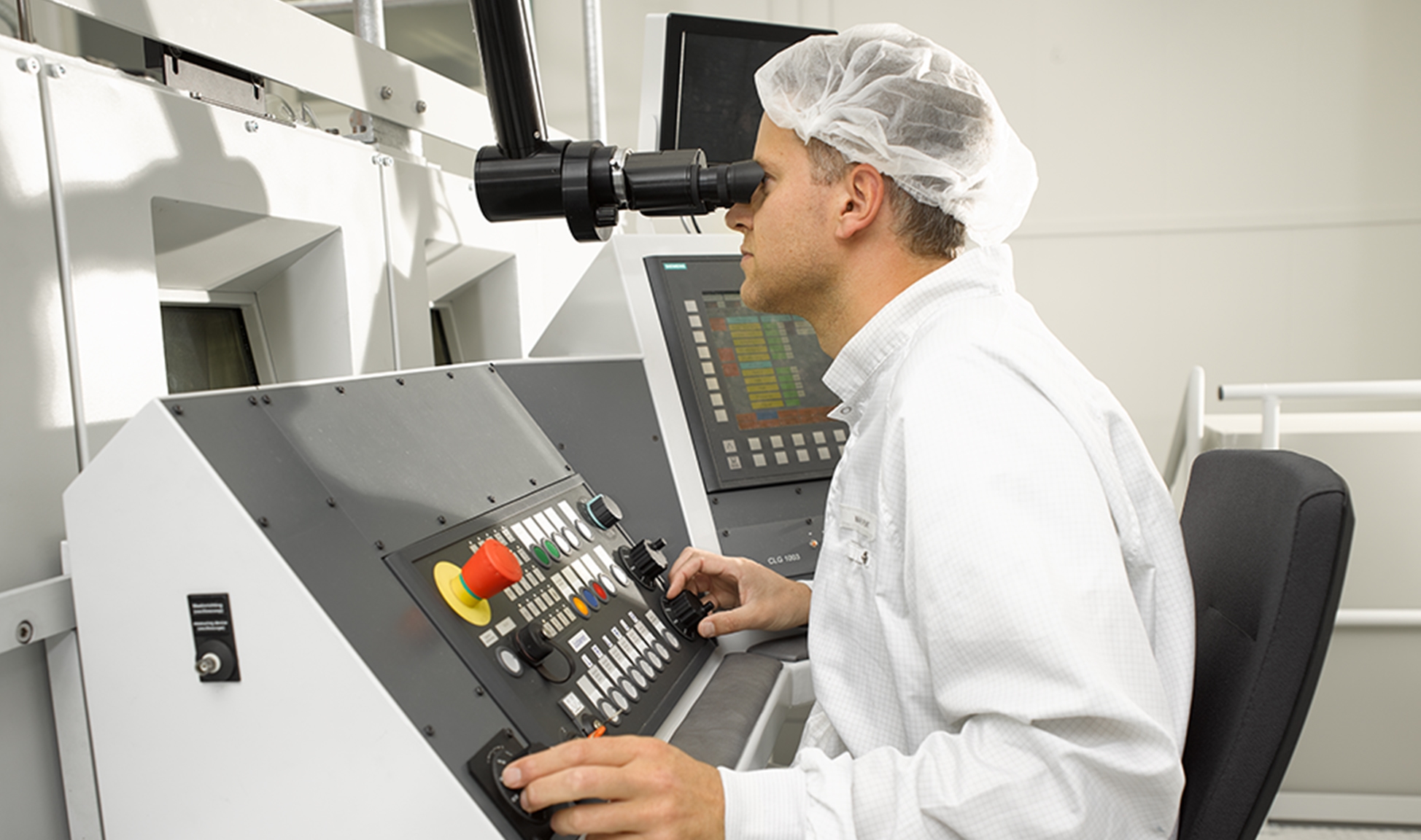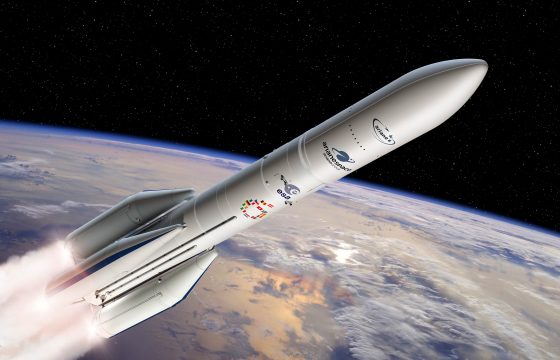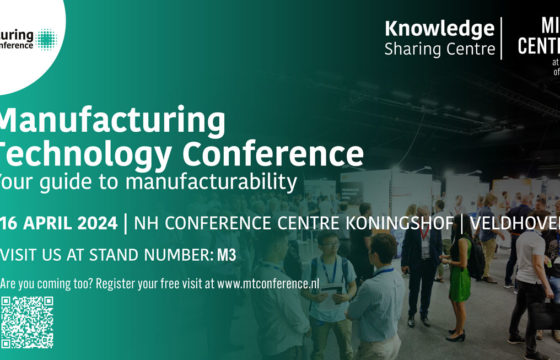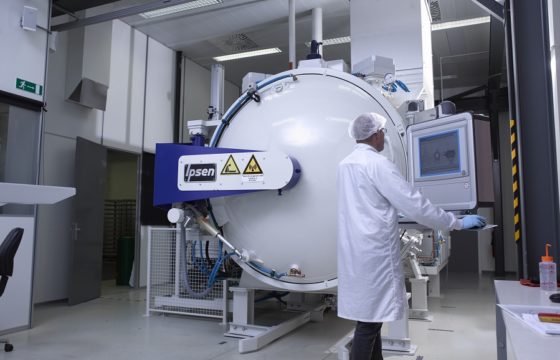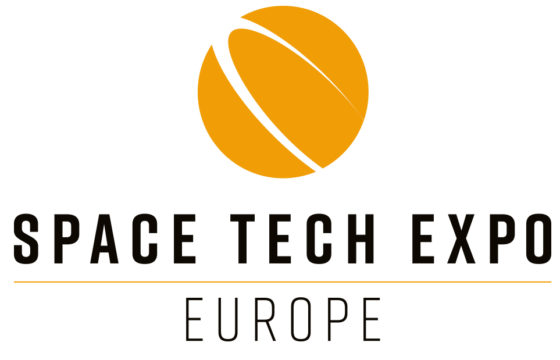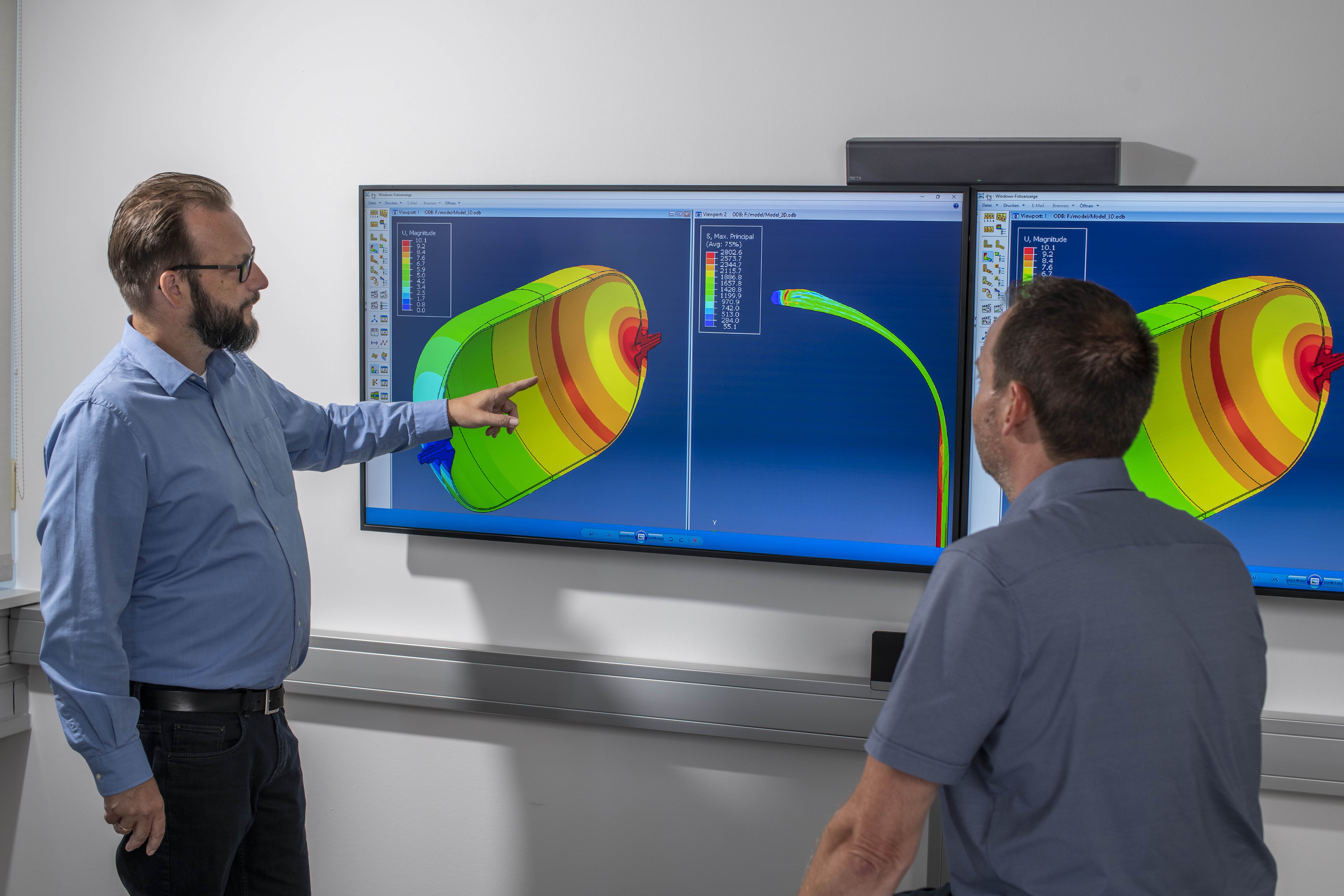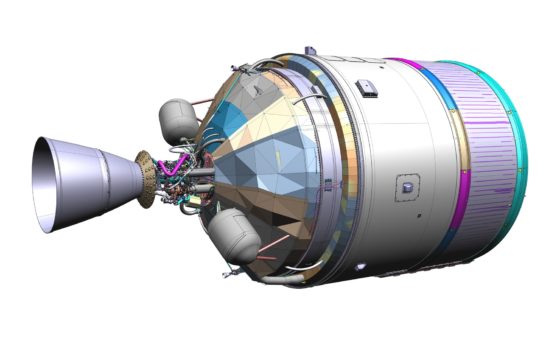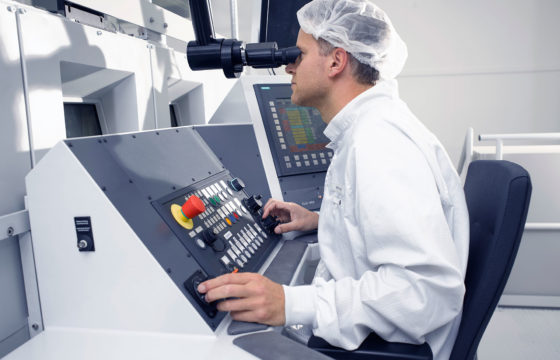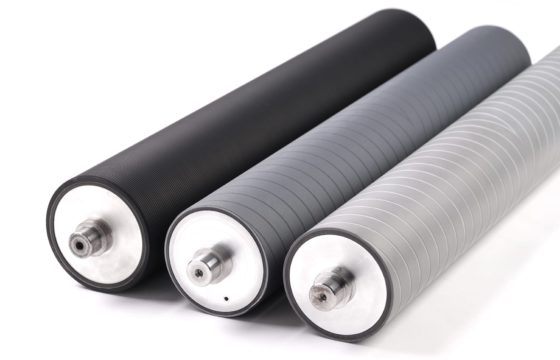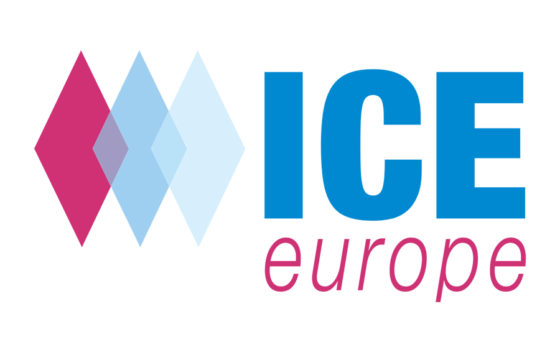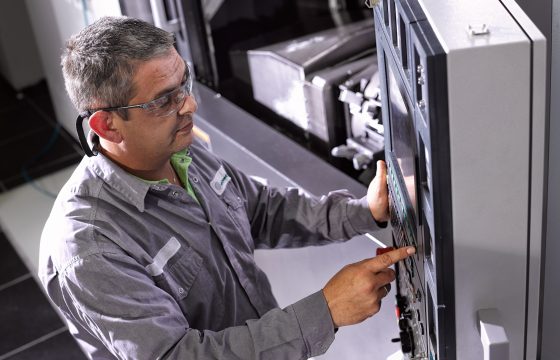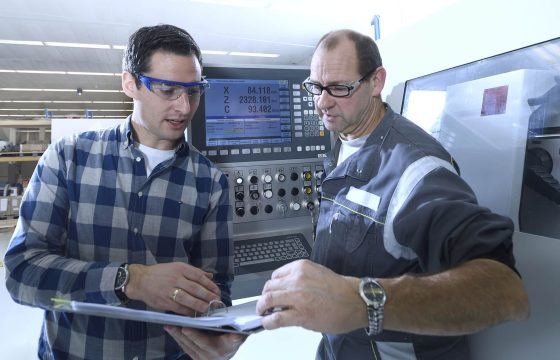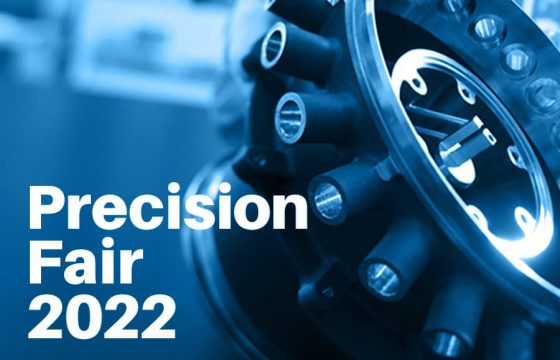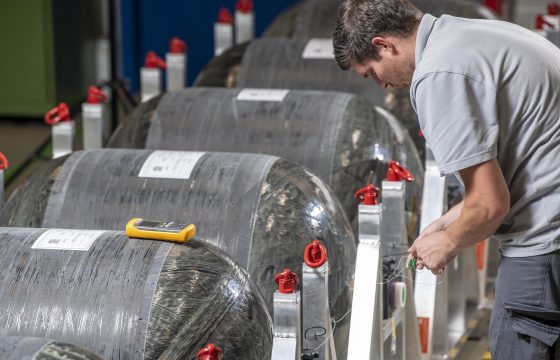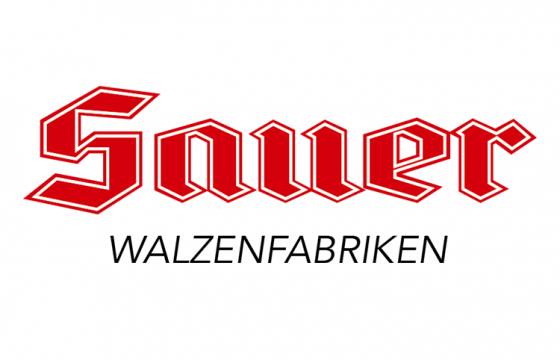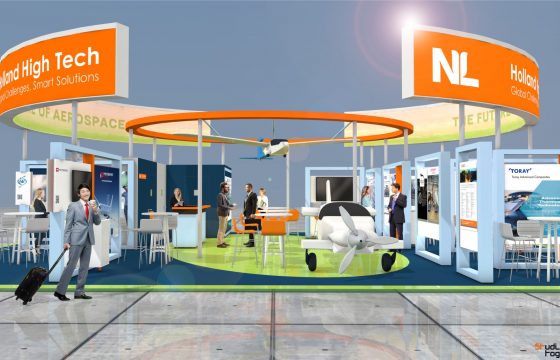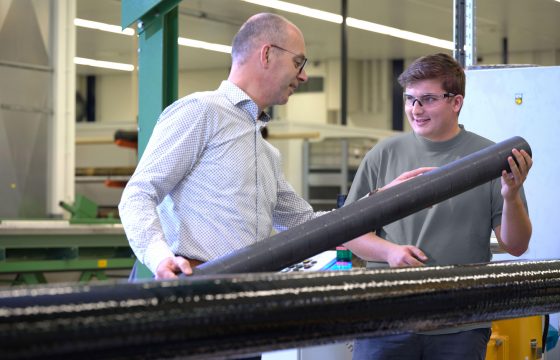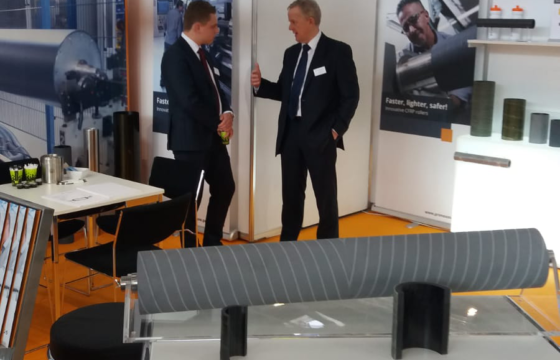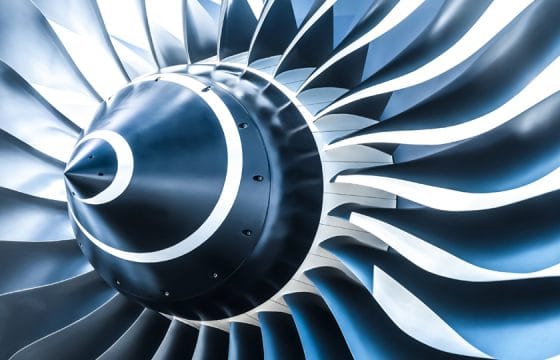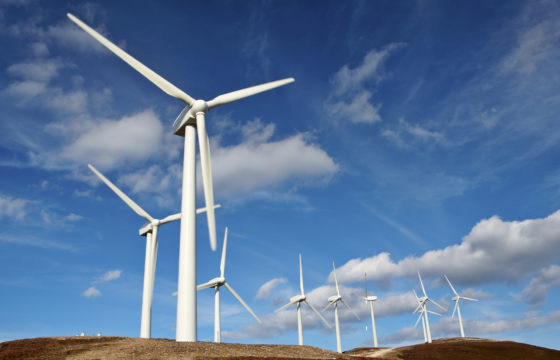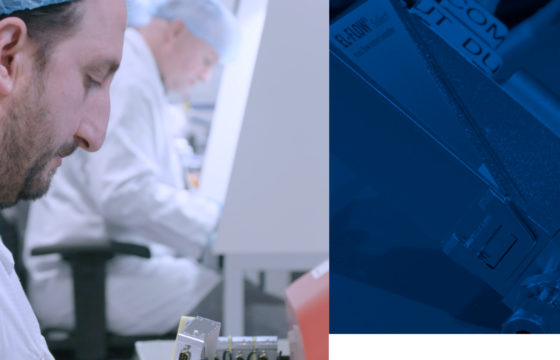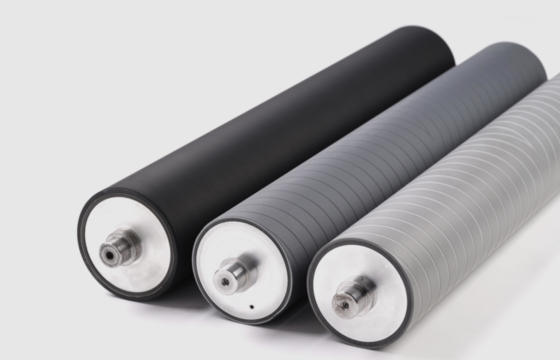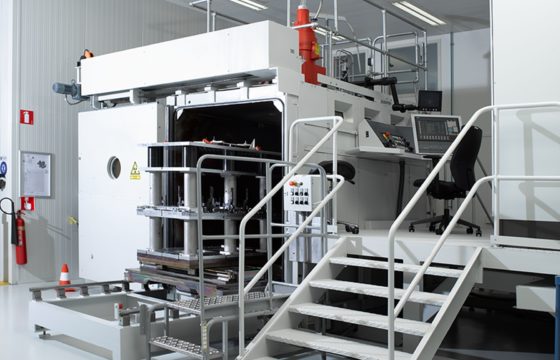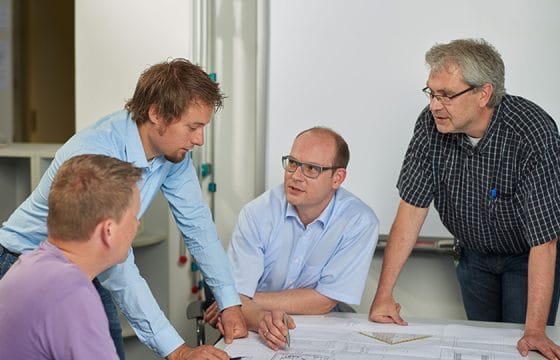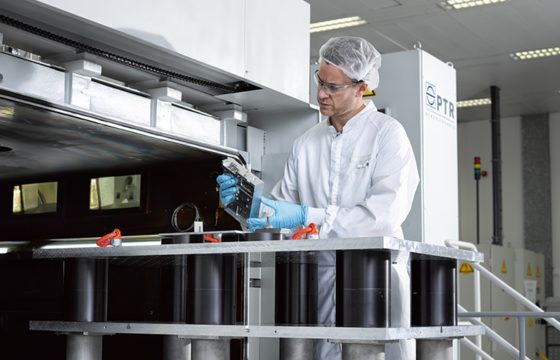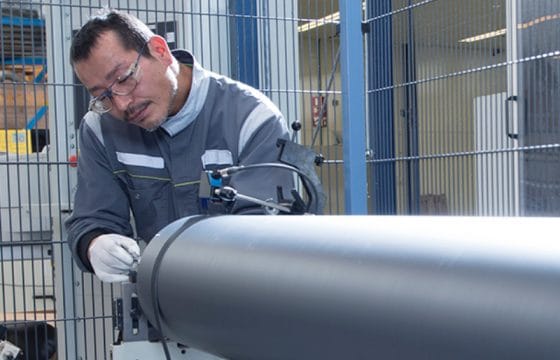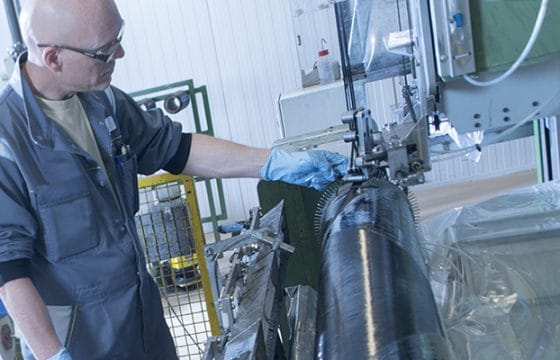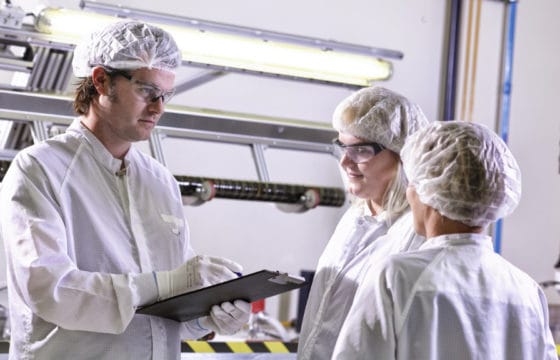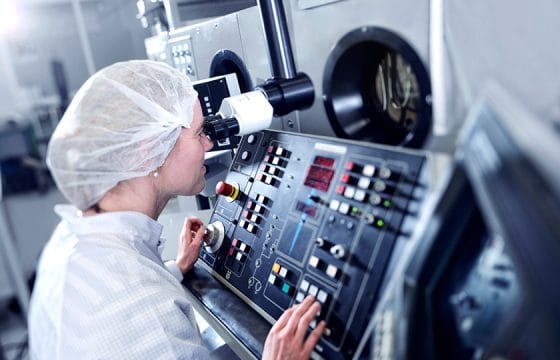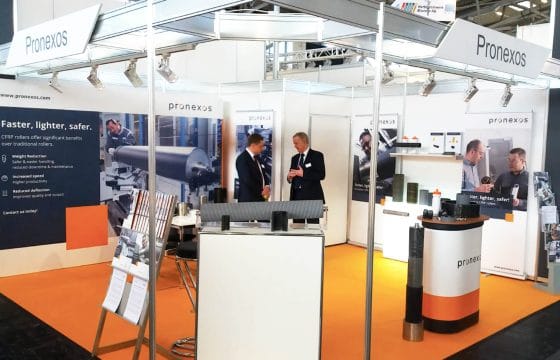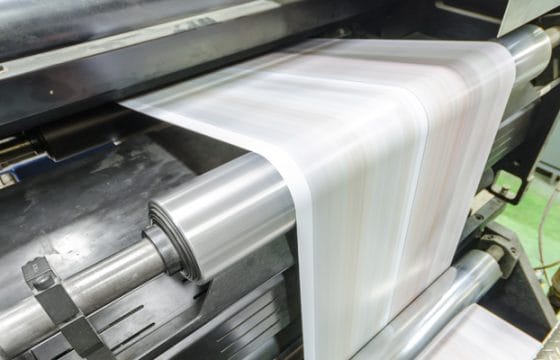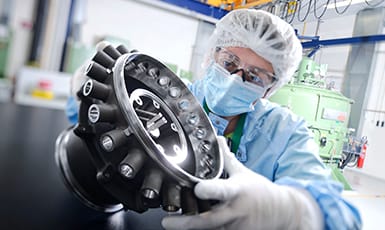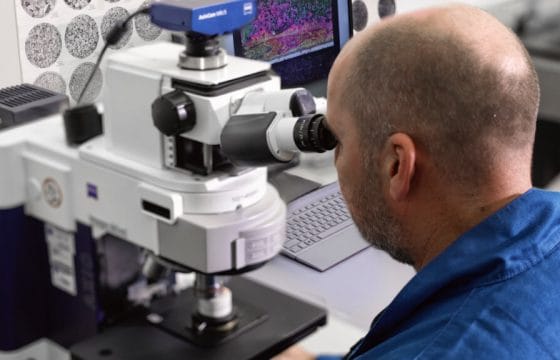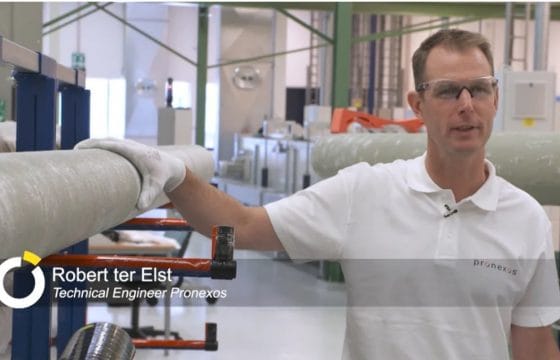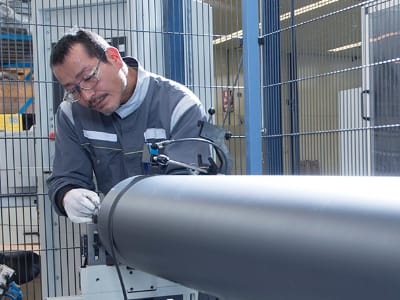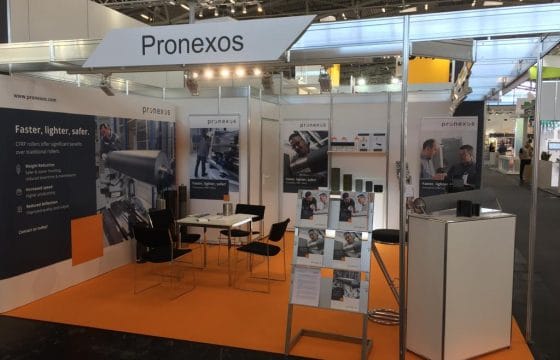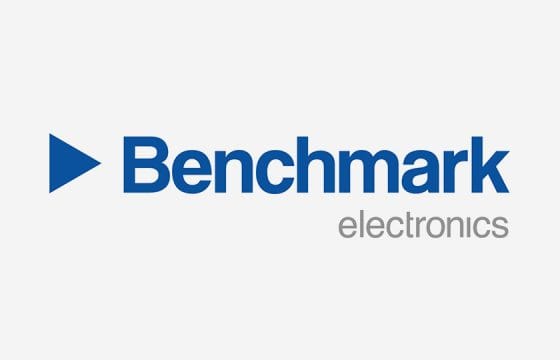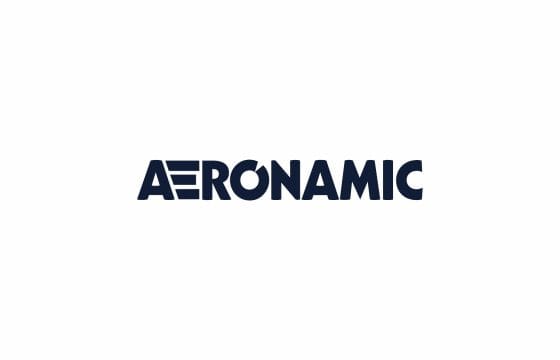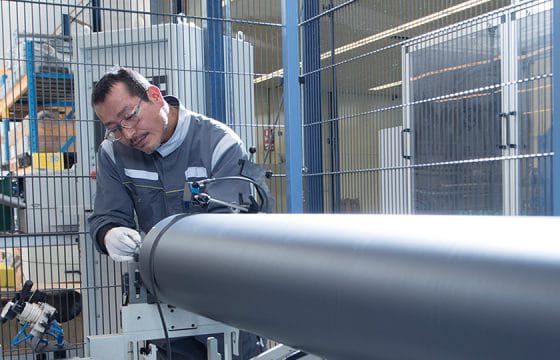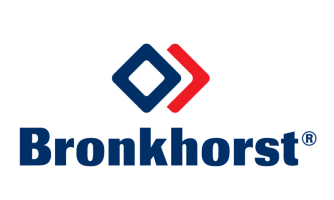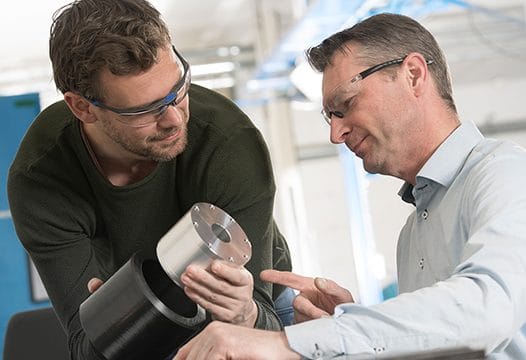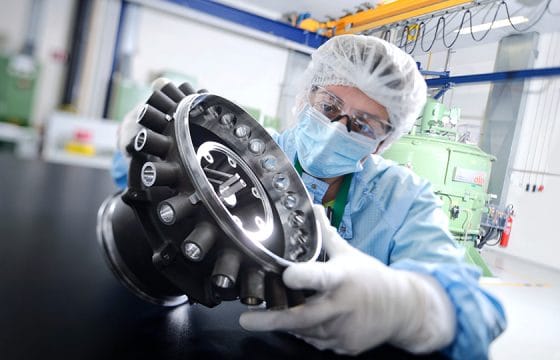EB welding is a process that can be used to produce high quality welds on a range of dissimilar or difficult materials. But there are a number of tips and tricks that can be used to ensure that a good weld is achieved, and a high-quality product is produced.
- Use butt welding (butt joint), or blind welding if this is not possible. Ensure weld cracks are as small as possible as no welding consumables are used to fill them. Keep a gap of maximum 0.05 mm
- Don’t use bevelled edges and preferably use a whetstone for the careful removal of sharp slivers. This is better than conventional deburring techniques
- Use guide edges to line up pipes for example, to simplify clamping
- Only use non-magnetic materials, or materials that can be properly demagnetised. The EBW equipment uses magnets to focus the electron beam. Magnetic materials interfere with this process
- Make sure the electron beam can fully access the weld location. For example, keep a distance of minimum 2-3 mm to the raised edge when welding along a high edge
- Only weld electrically conductive materials (no glass, ceramics or synthetics)
- Make sure the workpiece parts have been thoroughly cleaned. Ultrasound cleaning or pickling is often used, depending on the type of material and application.
- Prevent trapped cavities. It must be possible to properly vent the product in the vacuum chamber.
By following these guidelines, a skilled EB welder can produce high quality, highly repeatable welds for applications using difficult-to-weld or dissimilar materials.
From its plant in Almelo, The Netherlands, Pronexos is one of very few companies in Europe that can offer EB welding in-house, using our range of three EB welding machines and our skilled and highly experienced operators. Contact us to know more about our EB welding capability, and how we can help you achieve a high-quality product using EB welding.
